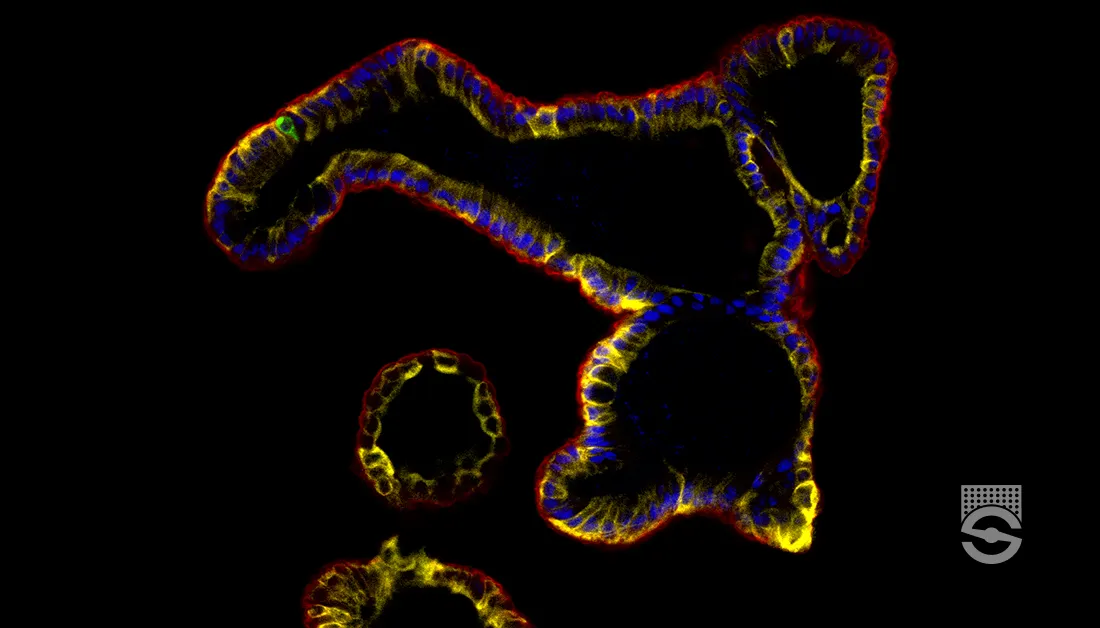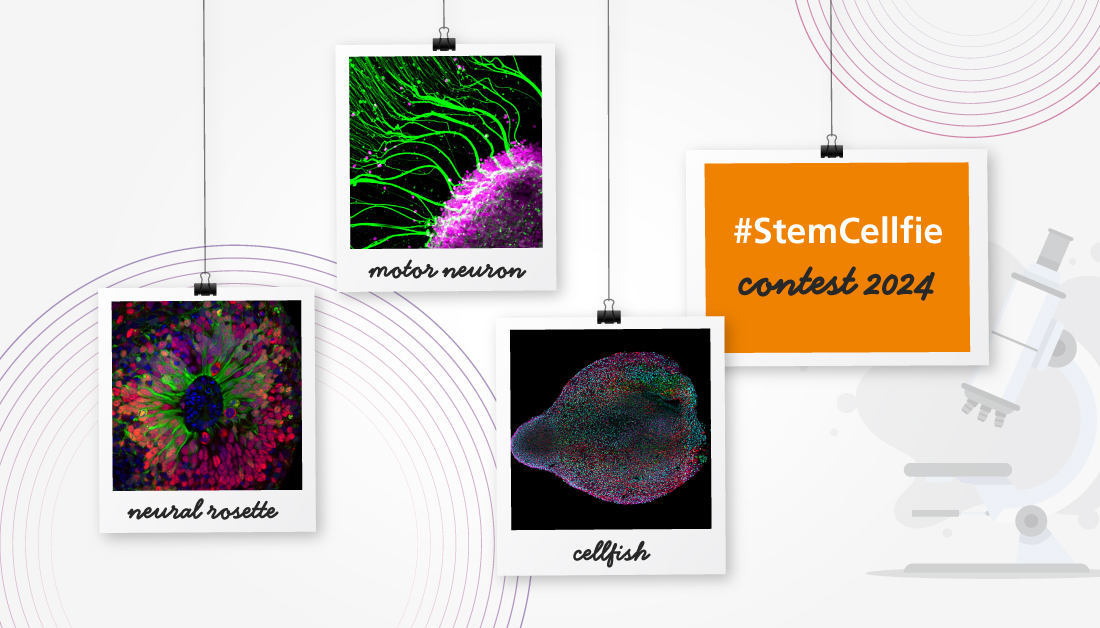Gomori's Aldehyde Fuchsin
Materials
Solution A
| Material | Amount | |
|---|---|---|
| Basic fuchsin | 1 | g |
| Paraldehyde, fresh | 1 | mL |
| Hydrochloric acid, conc. | 1 | mL |
| Ethanol, 70% | 200 | mL |
Compounding Procedure
- Dissolve the dye in the ethanol.
- Add paraldehyde and hydrochloric acid.
- Ripen at room temperature for 48-72 hours.
- Refrigerate. The solution is stable for 2-3 months.
Tissue Sample
5µ paraffin sections of neutral buffered formalin fixed tissue are suitable. Other fixatives are likely to be satisfactory.
Protocol
- Bring sections to water via xylene and ethanol.
- Wash with water.
- Rinse with 70% ethanol.
- Place in the staining solution for 10 minutes.
- Rinse well with 95% ethanol.
- Counterstain the nuclei and/or the cytoplasm if wished.
- Dehydrate with ethanol, clear with xylene and mount with a resinous medium.
Expected Results
- Elastic fibres – purple
- Mast cells – purple
- Pituitary β cells – purple
- Sulphated mucins – purple
- Background – as the counterstain
- Nuclei – as the nuclear stain
Notes
- The basic fuchsin used for this solution should be one that is suitable for Schiff’s reagent, i.e., it should have a high pararosanilin content. Both methods involve forming a compound between an aldehyde and dye.
- Light counterstaining with a progressive alum hematoxylin and eosin is also suitable.
- Many other counterstains can be used, including methods such as Masson’s trichrome.
- Gabe described a technique for the preparation and use of aldehyde fuchsin powder.
Safety Note
Prior to handling any chemical, consult the Safety Data Sheet (SDS) for proper handling and safety precautions.
References
- Drury, R.A.B. and Wallington, E.A., (1980)
Carleton’s histological technique Ed. 5
Oxford University Press, Oxford, UK.





